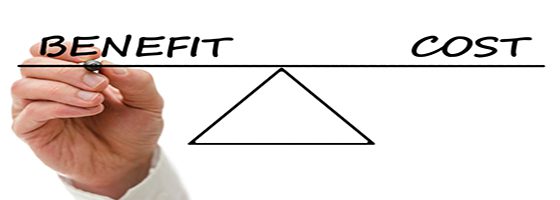The buyers of proposal staffing services face a critical problem: How to get proposal winning support for an affordable price?
To analyze this question, let’s divide the providers into: (1) Low price, (2) high price, and (3) medium price.
1. Low Price Proposal Staffing Providers
Through competing with them, we know that low-price proposal staffing providers have a price advantage and can often provide acceptable service. However, there is a problem in their staffing model. They keep prices low by using:
• Less experienced talent
• FT personnel caught between jobs who won’t be there for a second assignment
• Personnel without proposal experience
• Talent unemployed so long they will accept low fees
The high risks verses low win rates in this staffing model make it difficult for bidders to go this route. The proposals produced are usually compliant but never compelling.
2. High Price Proposal Staffing Providers
High-price proposal staffing providers can usually provide quality service – because they typically have the bench strength to do so. However, there is a question as to what the user gets for a 20 to 100% price premium. The unavoidable question is this:
Are the customers paying for the talent, or are they paying for —
(1) An expensive back office support and sales research organization
(2) Costly personnel who try to channel prospects through trade organizations
(3) Industry leading profit margins
Customers sometimes complain they need to be a lion tamer with a whip and a chair to fend off aggressive up-selling. For example, some providers want the customer to purchase life cycle service from BD to program management. Others require them to use their over engineered processes to the detriment of the work.
The high-cost firms frequently pay the consultants less while charging more than competitors. The key question is, how does the value received justify the prices?
3. Moderate Price Proposal Staffing Providers
Our company OCI is a moderate-price provider. However, OCI is different from other providers in having consultant bench strength that equals or exceeds the high-cost firms. Prices are typically 20 – 50% under the high firms. The mid tier companies do not have expensive infrastructure focused on market development. And their upselling is more modest than the routine pillage at some high firms. Nor do they invest big bucks in having their personnel capture trade associations to create a marketing platform. We know how to make you not just compliant but compelling.
Conclusion
The problem for a buyer of proposal service is how to get proposal winning service for the lowest price. Does it make sense to pay prices that are high because the provider has an elevated margin? What advantage is gained in hiring a proposal process company when all that is needed is staff augmentation? Or does it make better sense to go with a moderate-price firm that has the bench strength to win contracts?






Leave A Comment